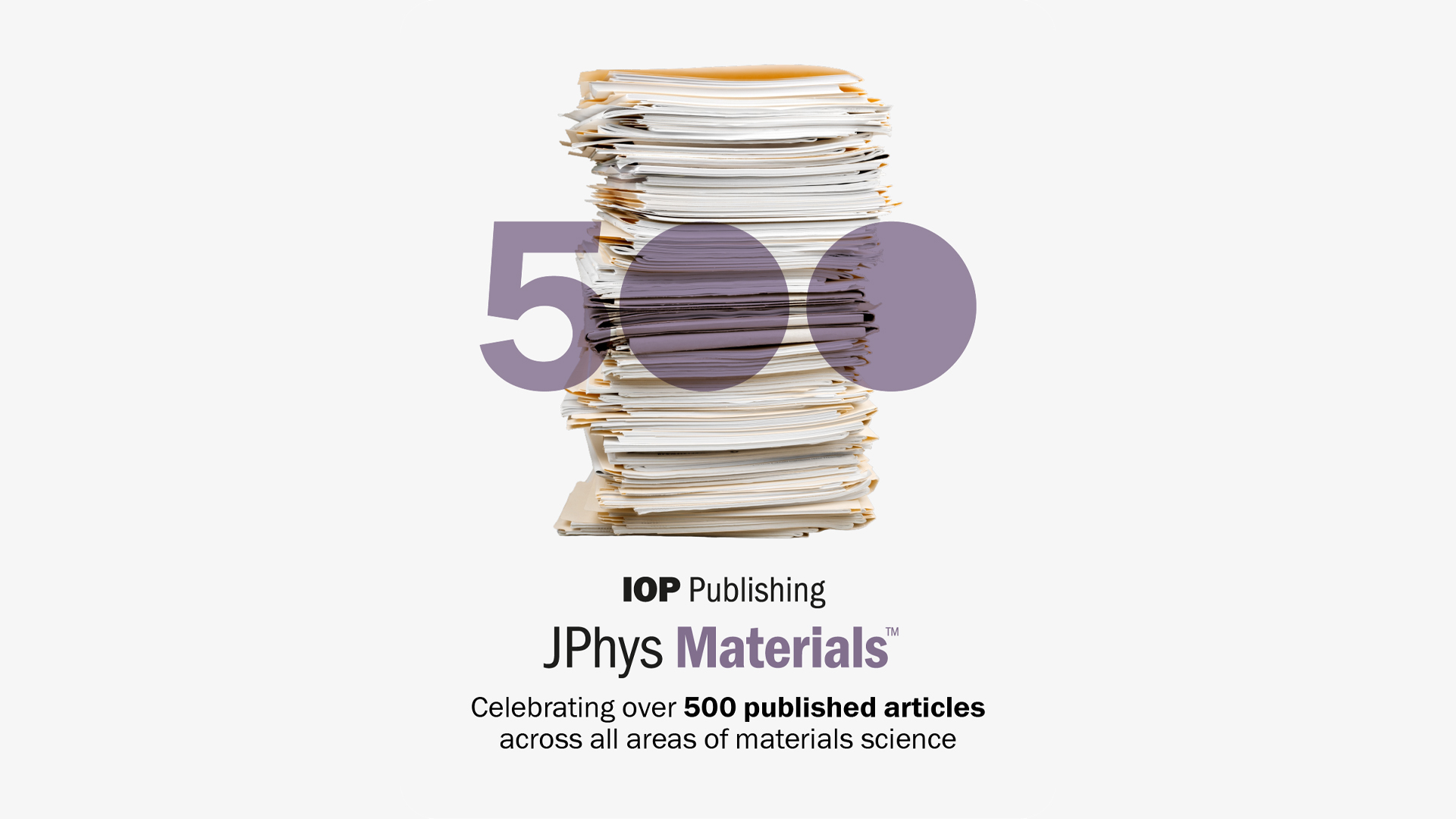JPhys Materials is proud to celebrate a major milestone with the publication of its 500th published article, a testament to the journal’s standing in the community and coverage across all areas of materials science.
Fittingly, this landmark article is a Board Member-led Roadmap on Theoretical Ultrafast Science, Guest-edited by Professor Fabio Caruso (Kiel University), who worked with Prof. Michael Sentef (Universität Bremen) to bring this project together. Drawing on the expertise of 30 leading researchers, the Roadmap charts a bold vision for a rapidly evolving field where quantum materials, light-matter interaction, and advanced computational modelling converge.
In this exclusive interview, Professor Fabio Caruso reflects on the timing, vision, and collaborative spirit behind the Roadmap, and shares why JPhys Materials was the ideal home for this milestone publication.
Why was now the right time to publish this roadmap on this topic?
We are at a cornerstone in the development of theoretical ultrafast science. Theory, computational methods, and data-sharing infrastructures are rapidly evolving alongside ground-breaking experimental advances. These developments are establishing new synergies between theoretical and
experimental research, opening new avenues for exploring physical phenomena that had long remained inaccessible.
What do you hope readers take away from the roadmap?
By bringing together the collective vision of 30 leading experts, this Roadmap highlights not only the open problems and challenges in the field, but also the many exciting opportunities that lie ahead in ultrafast science. Beyond providing an overview of the current state of the field, we hope this
community effort will contribute to shaping the future directions of theoretical and computational modelling.
Where do you see the field going next?
The field is heading towards a powerful combination of new physical concepts for controlling quantum phenomena and new classes of quantum materials. On the one hand, researchers are developing ways to use shaped light pulses, cavity quantum electrodynamics, and concepts from topology to manipulate materials.
On the other hand, exciting materials such as twisted multilayers and topological semimetals are coming to the forefront. Only recently the first pioneering studies at the intersections of these directions are emerging. Future developments in ultrafast science will allow us to trigger and control ultrafast processes that were previously out of reach. Although this is still fundamental research, it holds the promise for new functions and technologies based on quantum materials.
Why was JPhys Materials the right home for this roadmap?
JPhys Materials is a journal deeply embedded in the physics and materials science communities, with editorial responsibilities at all levels carried out by scientists for scientists. As an open-access journal, it also ensures broad visibility and access to all articles. These aspects gave us confidence that this Roadmap would reach its readership through JPhys Materials.
Reflecting on JPhys Materials now having published 500 articles, how has your experience been as a Board Member, and how do you see the journal?
Serving on the Board has been a rewarding experience, as I could witness firsthand how the journal has grown into a platform for sharing high-quality research at the interface of physics and materials science.
I further truly appreciate the efforts at JPhys Materials in connecting communities, supporting early-career researchers, and highlighting emerging directions in the field. Reaching the milestone of 500 published articles is a testament to the strong engagement of the community with JPhys Materials.
